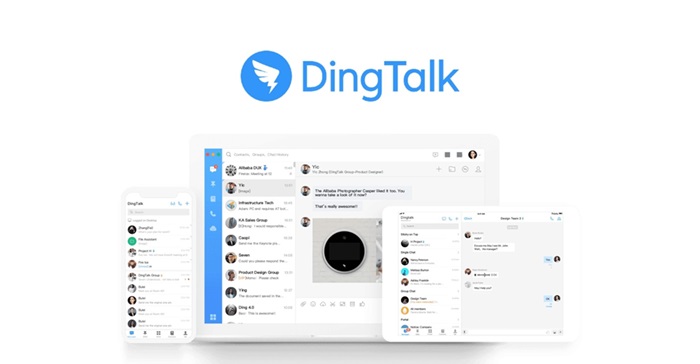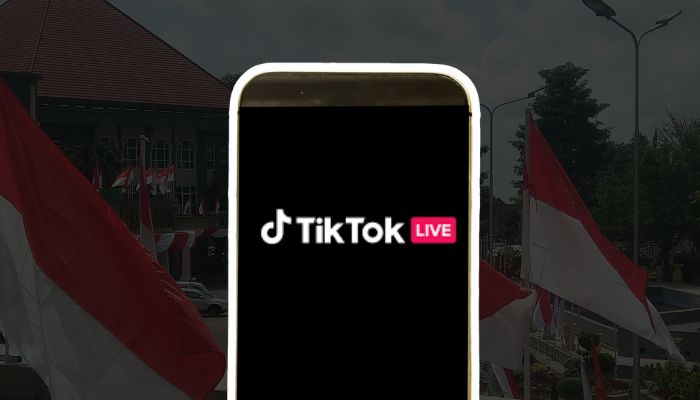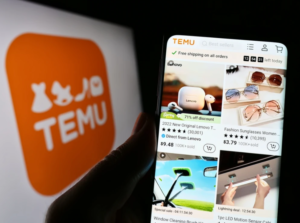Once upon a time in the bustling city of Hangzhou, China, the Alibaba Group Holding’s DingTalk team was hard at work on their latest update. DingTalk 7.5 was about to revolutionize workplace collaboration with its brand-new AI agent function. This function was designed to help users streamline and customize their workflow, making their work lives easier and more efficient.
The development of this new feature was a response to feedback from DingTalk’s extensive user base of over 700 million users and 25 million organizations. Ye Jun, the president of DingTalk, was excited about the potential of this new tool. He saw it as a gateway for AI applications in productivity and business use cases, envisioning DingTalk becoming a leading AI agent platform with low entry barriers.
One of DingTalk’s early adopters of the AI agent function was the famous shoes and apparel giant, Belle International. They had rolled out a custom AI agent on their DingTalk platform to track parcel shipment issues, with plans to expand its use to other cases like stock allocation.
This move by DingTalk was part of a larger trend in the Chinese tech industry. Companies like ByteDance’s Feishu had already made similar moves, introducing their own AI bot called the Feishu Intelligent Buddy, which could assist users with daily tasks like drafting emails and summarizing reports. Feishu also announced a platform for its corporate clients to build and customize AI bots according to their business needs.
The competition in the AI sector was heating up as Chinese tech giants raced to develop products to compete with ChatGPT. Alibaba, ByteDance, and Baidu were all investing heavily in AI chatbots, with applications ranging from finance and legal to manufacturing, retail, and the public sector.
As DingTalk 7.5 was launched with much fanfare in Hangzhou, it marked a new chapter in the evolution of workplace collaboration. With its AI agent function powered by the Tongyi Qianwen large language model, DingTalk was poised to lead the way in bringing the power of AI to the workplace, making work smarter, more efficient, and more productive for millions of users around the world.
(Source: Ben Jiang | SCMP)







